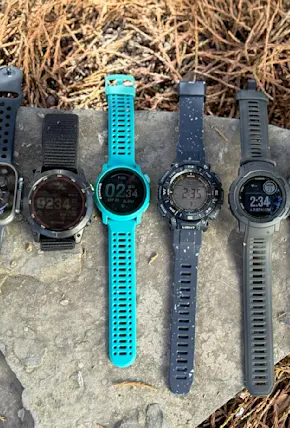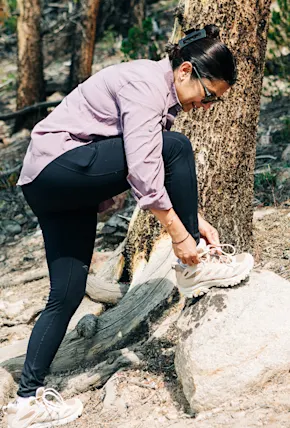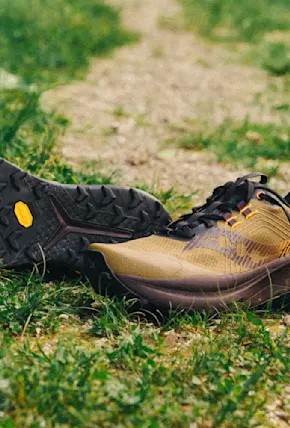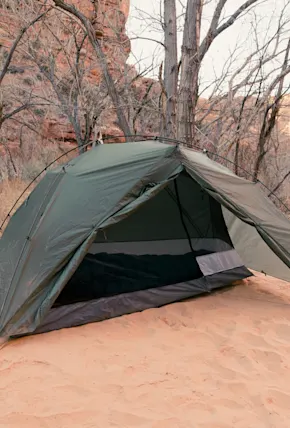When it comes to travel, outdoor, and adventure imagery, photographers are the unsung heroes of the media, brand, and advertising industries, regularly lugging hundreds of pounds of camera gear in cumbersome pelican cases, changing lenses mid-pitch, positioning themselves on precarious cliff edges overlooking steep couloirs and skinning, running or riding ahead of athletes and models with the mental foresight to get the shot as they pass. Physical stamina, mastery of their camera’s manual controls, commitment to cold weather finger dexterity, perfect light-metering and a porter-like ability to carry hefty gear are all characteristics of today’s best travel and outdoor photographers. For these veterans of visual art, bulky Single Lens Reflex (SLR) cameras have been the tool of choice for most jobs from before the digital revolution and up through pretty much the present. Though even heavy hitters like Chris Burkard have ditched their 5Ds for smaller setups, like the Sony Alpha series.
In many situations, the difference between getting the shot and not, is being ready and having a compact camera with quick autofocus to capture the scene uninhibited. For those of us that aren’t Jimmy Chin, the requirements for our version of such events—weekend backpacking trips, a Sunday morning stroll through the park, brunch (you know who you are)—really are the same, and require better depth and resolution than your iPhone 6 can offer.
Either way, by now you’ve probably heard the hype regarding mirrorless compact cameras. Some of it is real, some isn’t. There are duds out there, but Sony’s A6000 isn’t one of them. In the sub-$1000 range the Sony A6000 not only closely matches DSLRs in terms of image quality and features, it has over 179 phase detection auto focus points, shoots 1080/60p video and has a top sensitivity of ISO 51,200. Your iPhone isn’t beating that and your DSLR is too big.
Nevertheless, if you feel like a compact mirrorless camera just isn’t enough for you your photography prowess, we’d encourage you to look at the Sony A6000. With a multitude of customizable shooting modes, over twenty available e-mount lenses (and growing), custom button applications and full manual shooting mode, the A6000 is a stout competitor to DSLRs. Amateur and professional photographers will find the A6000’s value proposition especially attractive for travel, shooting from the hip, and adventure photography when weight, packability, and maintaining a low-profile are high priorities.
Stand-Out Features
While Sony claims the A6000 sports the "world's fastest autofocus,” it’s hard to tell without doing side-by-side testing; nevertheless, the A6000 is definitely quick. And, with 179 autofocus points and 11 frames-per-second consecutive-shooting mode, capturing crisp action images is not a problem for this little workhorse.
One feature that stood out from traditional DSLR cameras is the A6000’s digital viewfinder. Different from DSLR optical viewfinders, which display what your eye sees, not necessarily what your camera will capture, the A6000’s digital viewfinder displays the image as it will be taken. Setting changes made to ISO, aperture, and “scene” selection are reflected in the viewfinder, effectively removing the guessing game. And, aside from a very slight delay from real life, the digital viewfinder proved to be an accurate and useful tool, ensuring you GTS (that’s Get The Shot, for all you noobs).
And yes, don’t worry, the second a photo is taken it can be exported to a phone via a generated Wi-Fi hotspot and uploaded to social media. While the connection time challenged our patience a little, at the end of the day, high quality photos were delivered directly to our phone just moments after taking them, creating a nearly seamless flow from moment to share.
The Final Say
So, looking at options in this new and growing segment of cameras, the A6000 stands out as a shining beacon of hope for all you one-camera-quiver recreational photographers looking for quick auto-focus, easy manual controls, compact size and a versatile list of compatible lenses. Simultaneously, we feel the camera falls into the “better-bring-it” category for amateur and professional photographers who can’t sacrifice photo quality and resolution, but need a low-profile, compact camera for those off-the-hip, post-shoot, adventure and lifestyle moments when a DSLR is too heavy, clunky and cumbersome.









